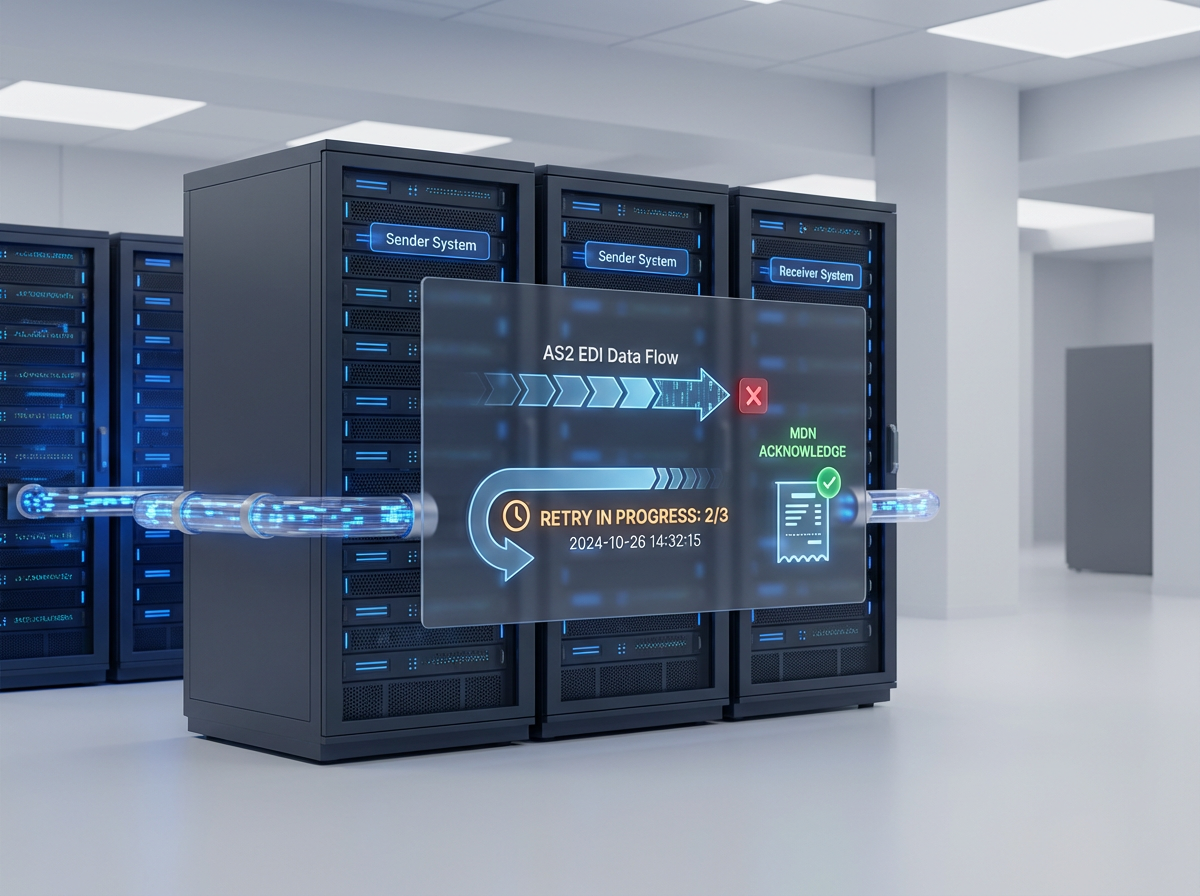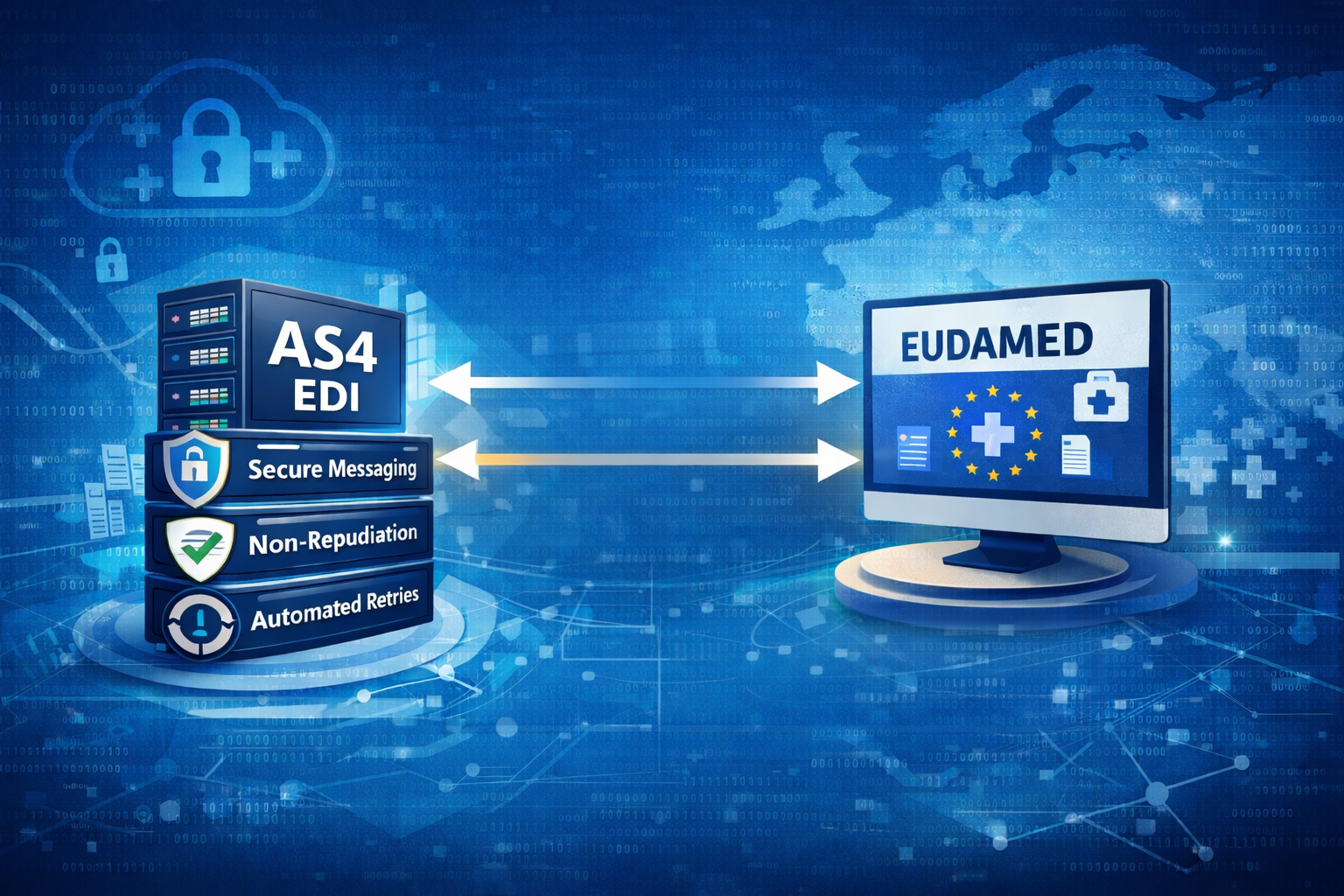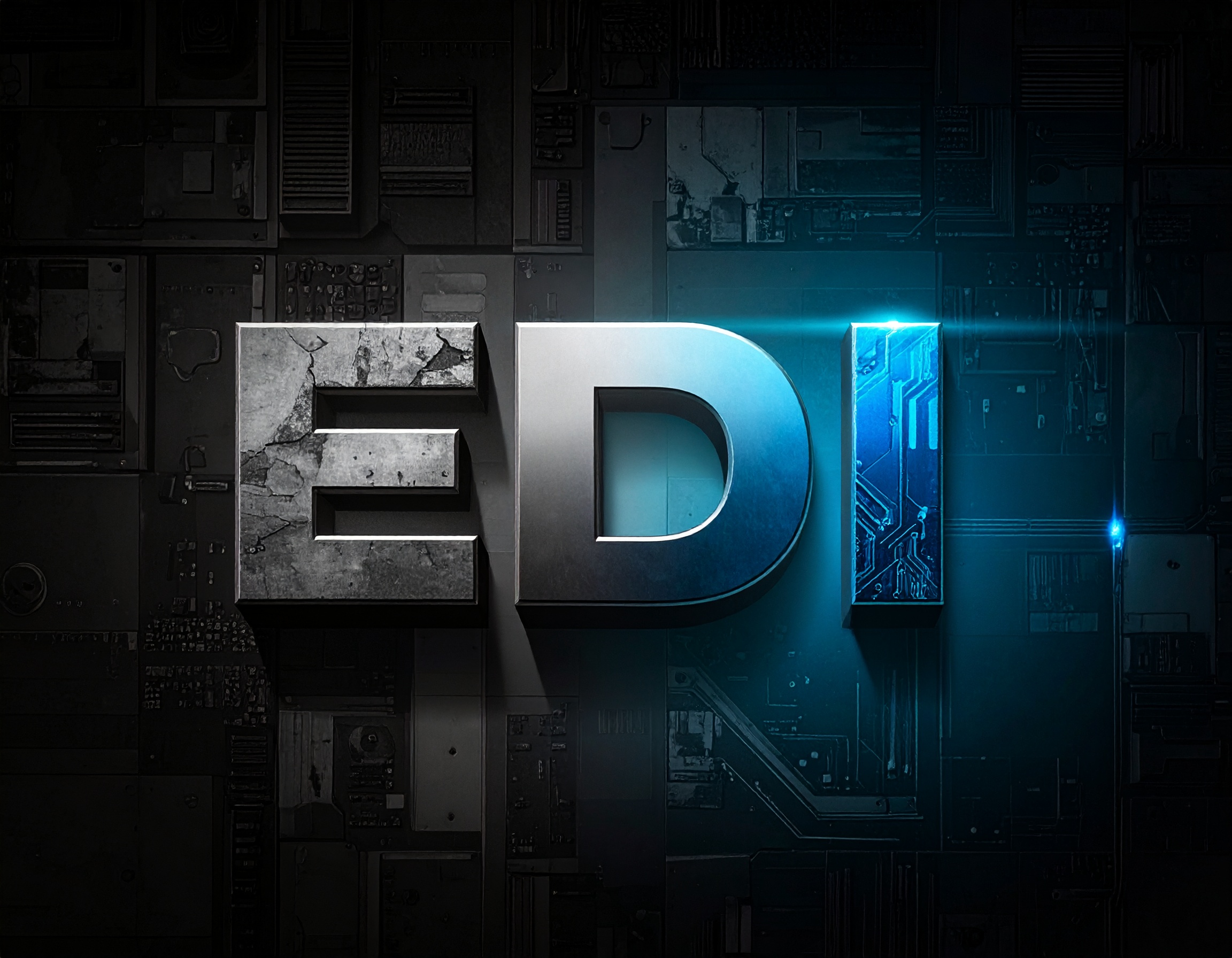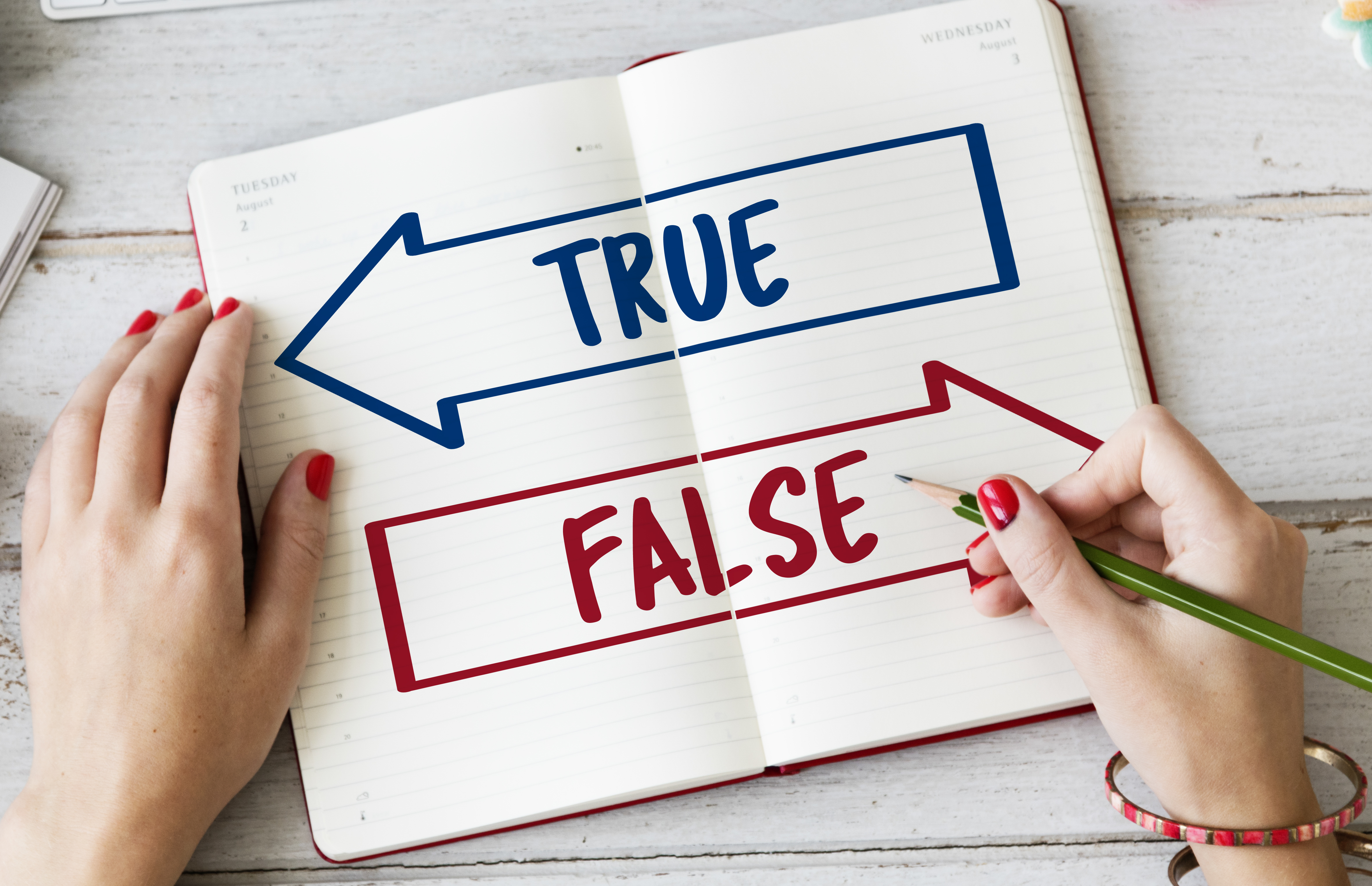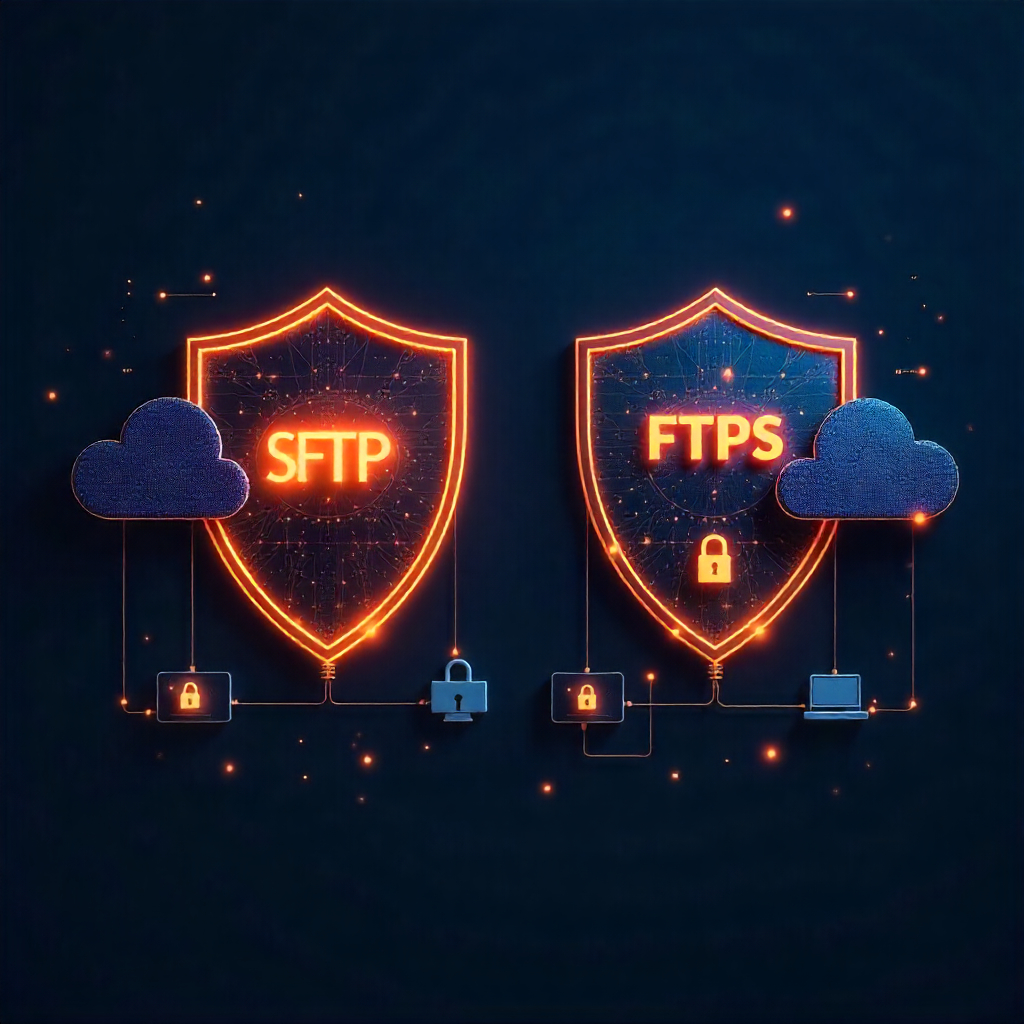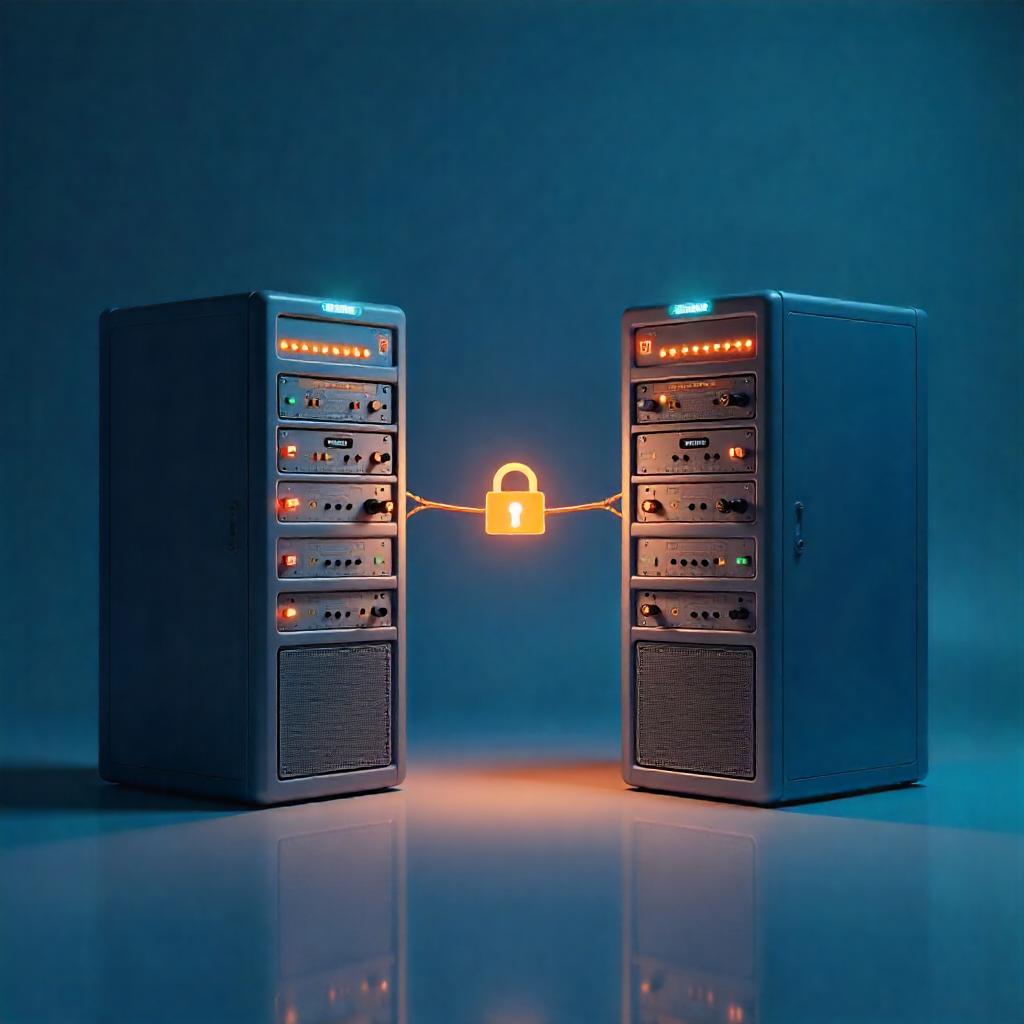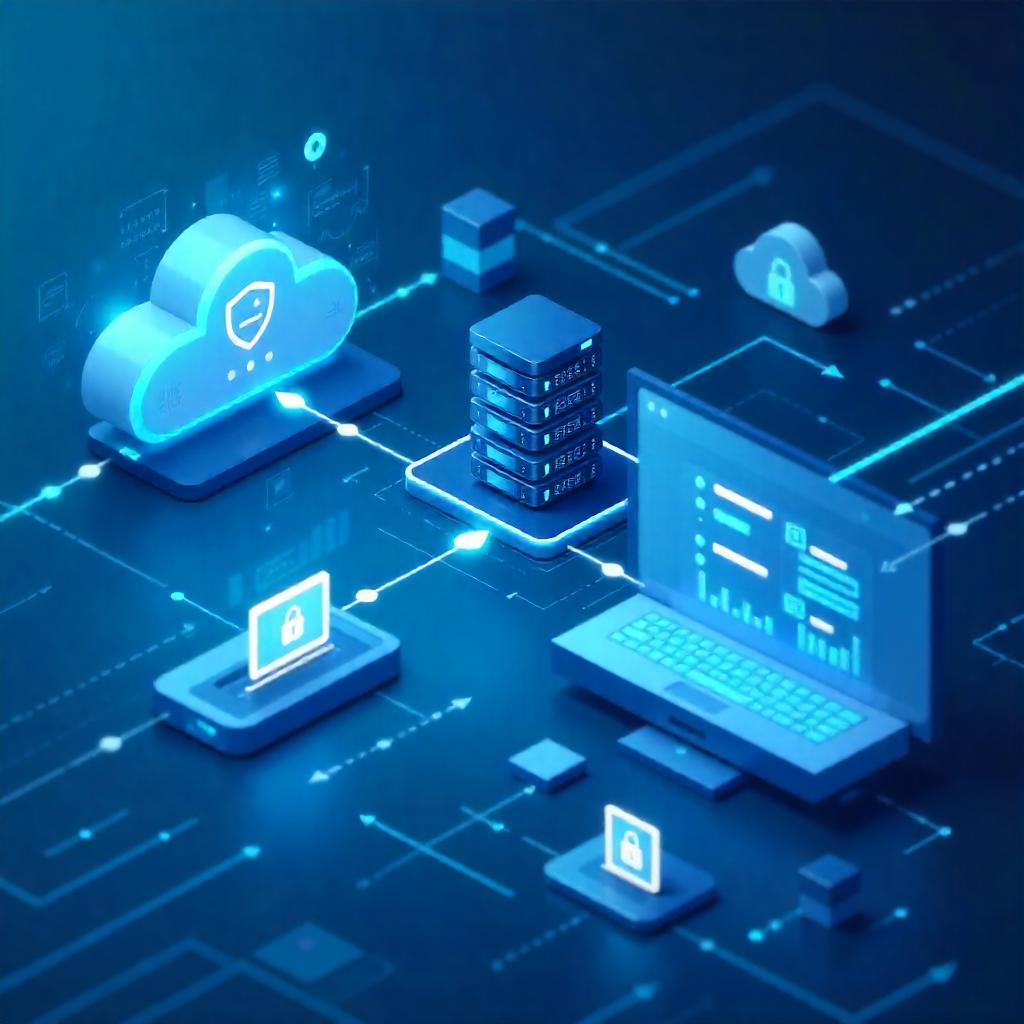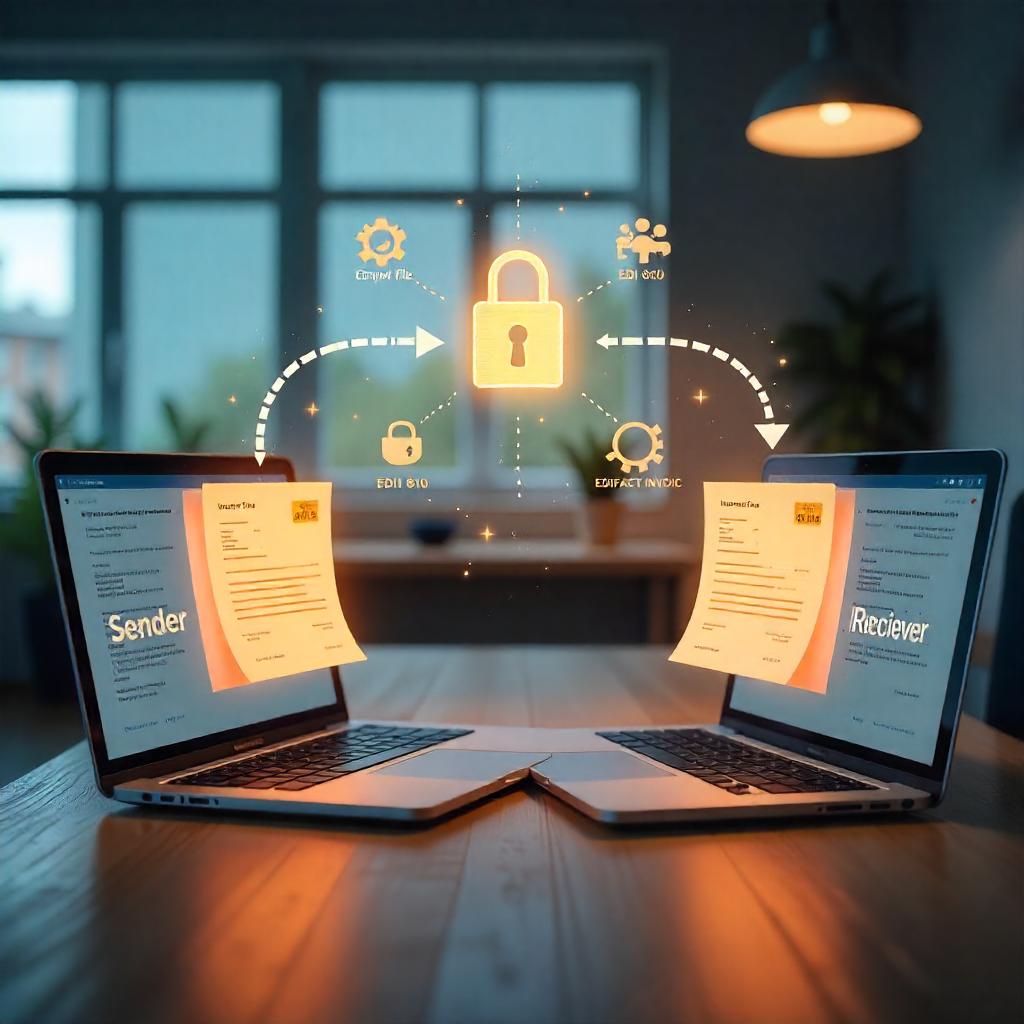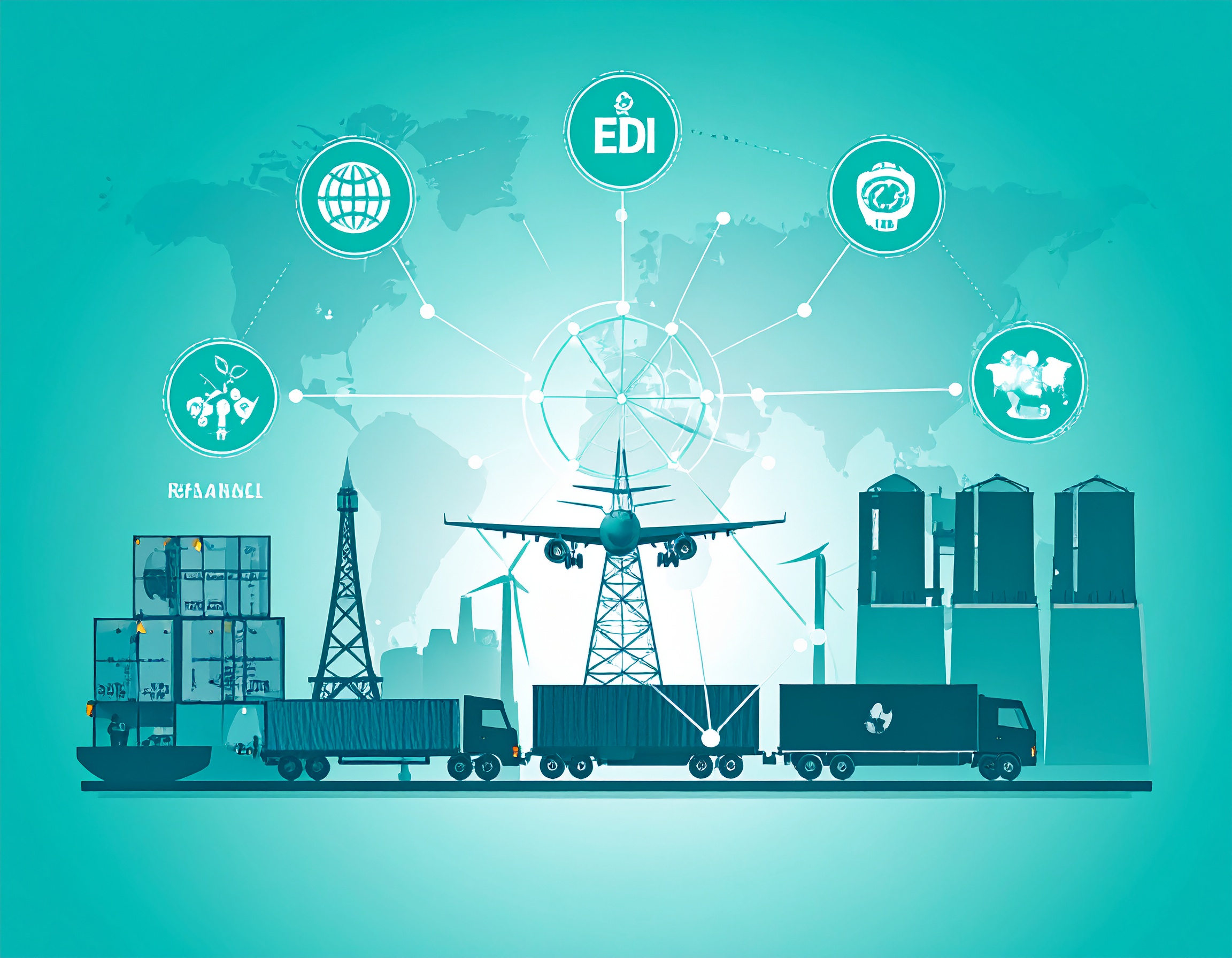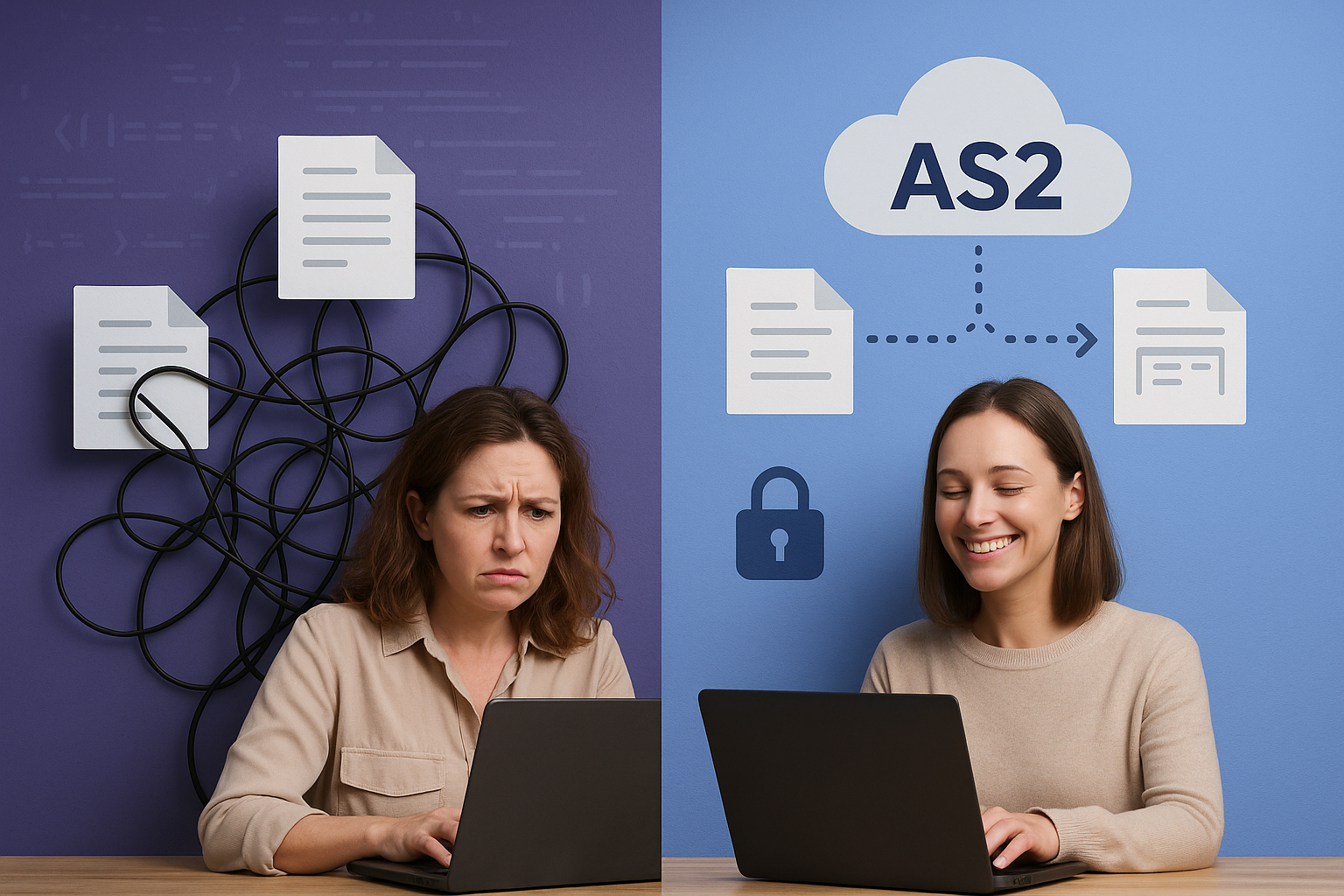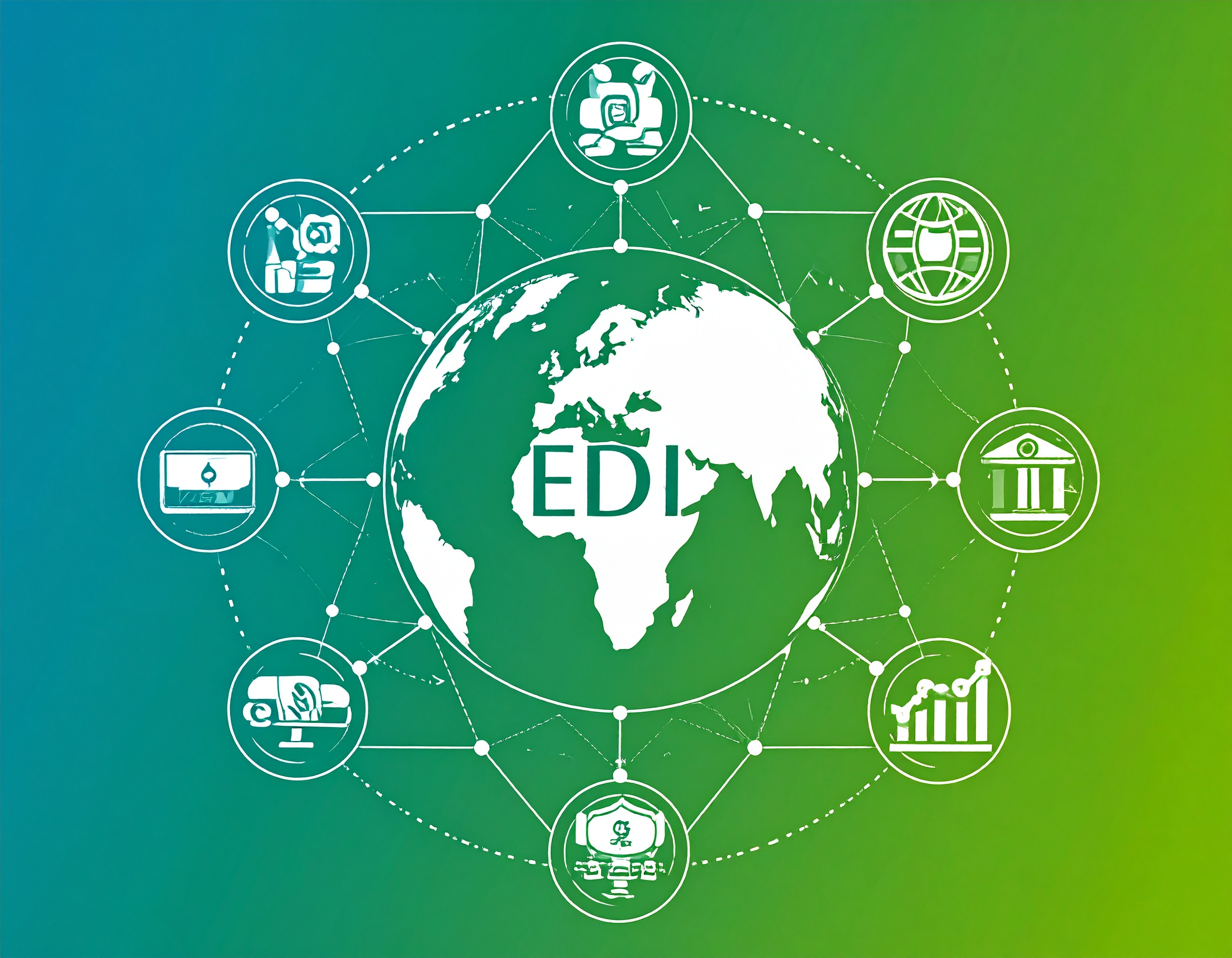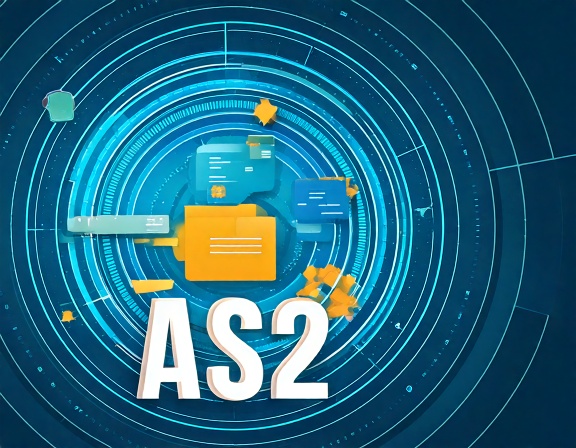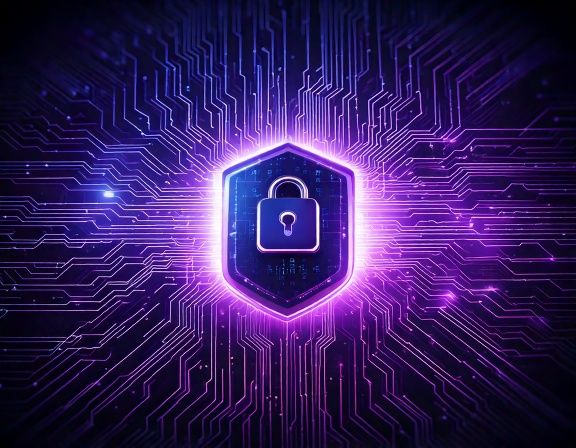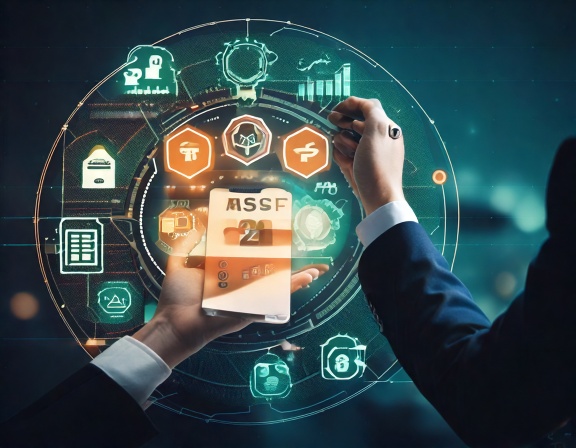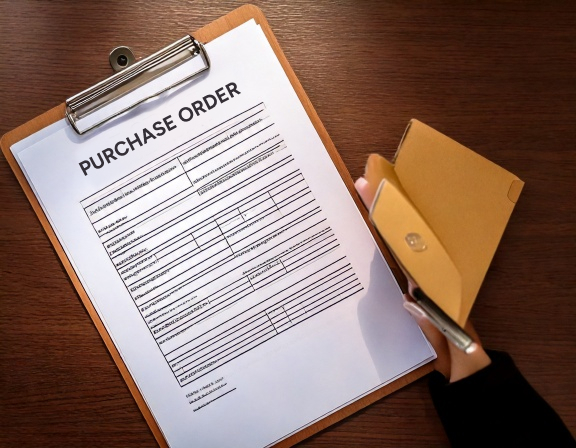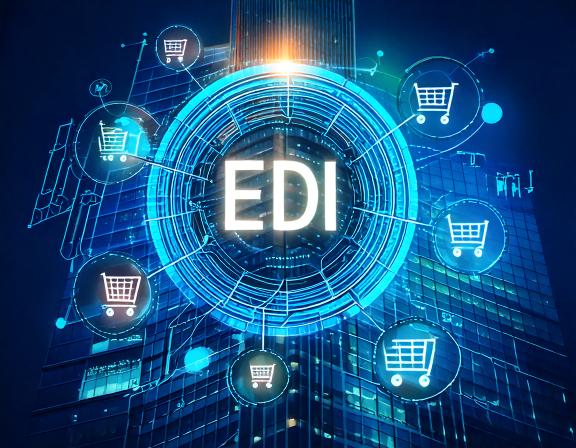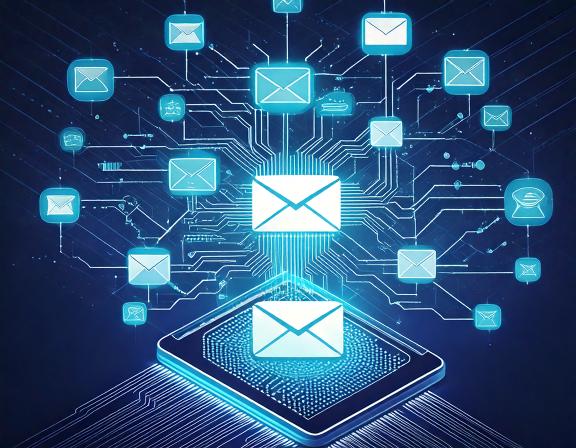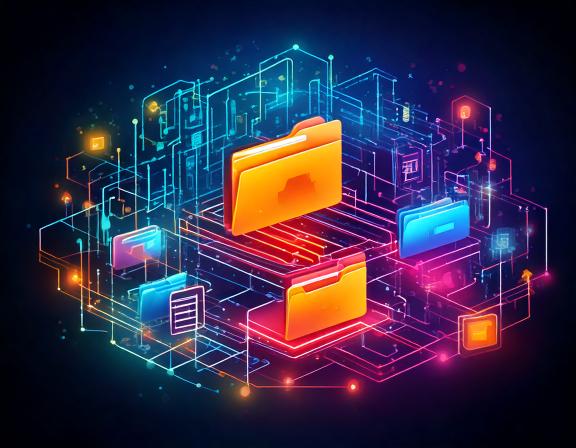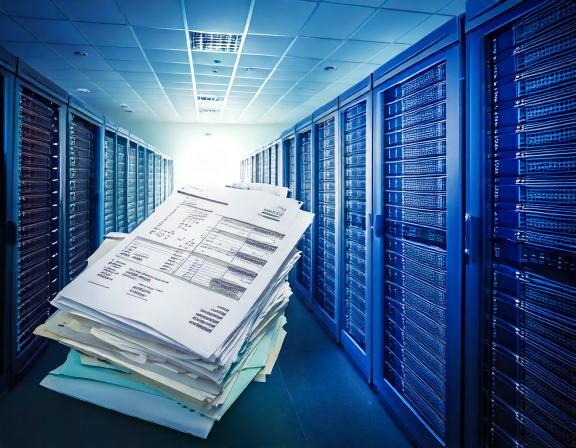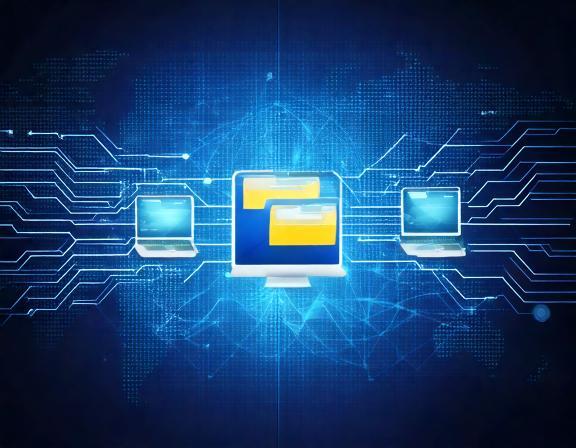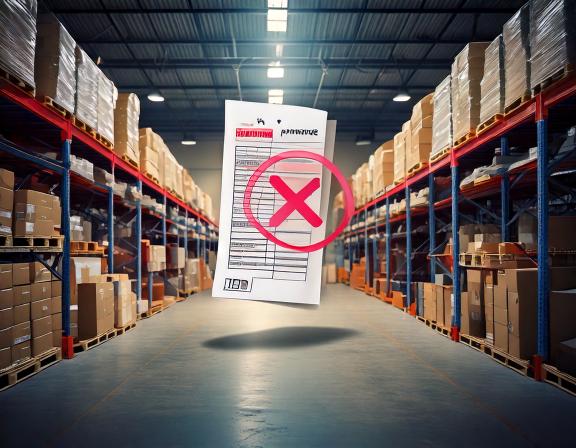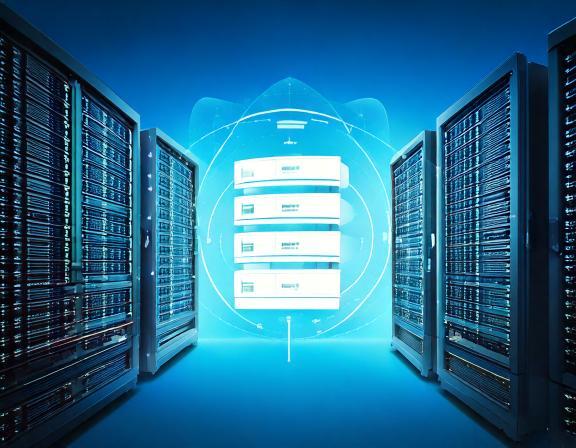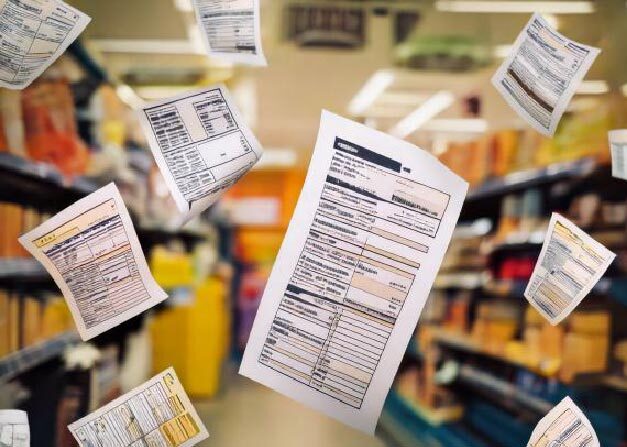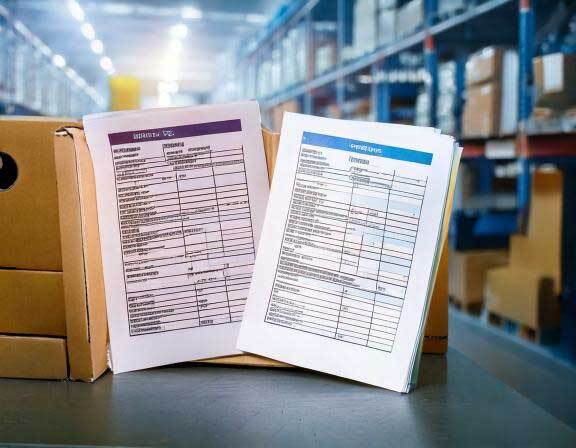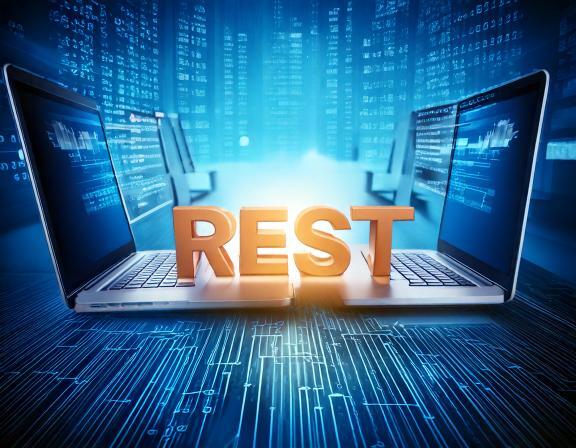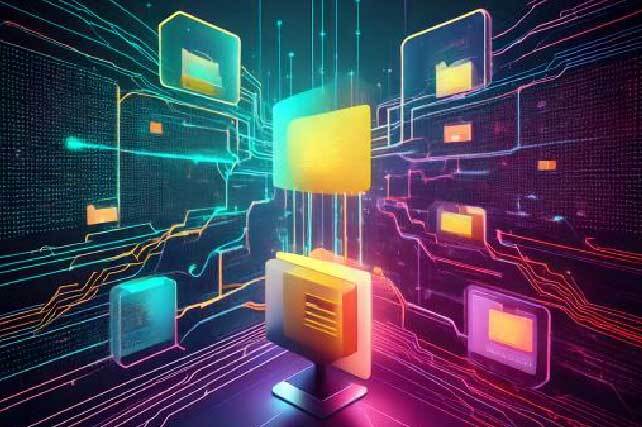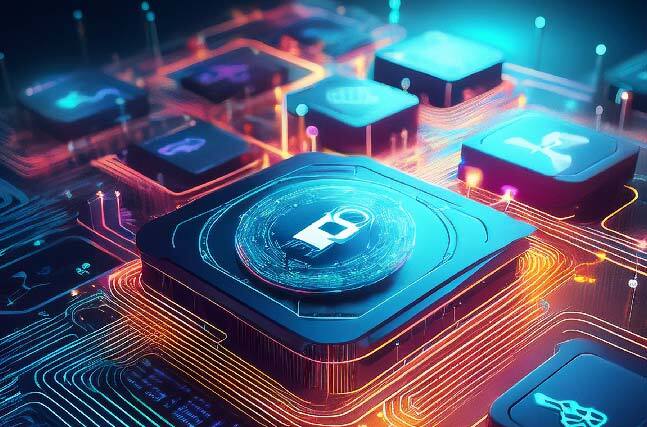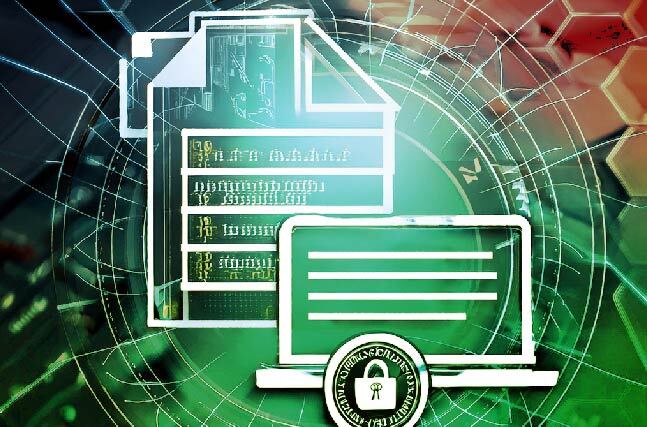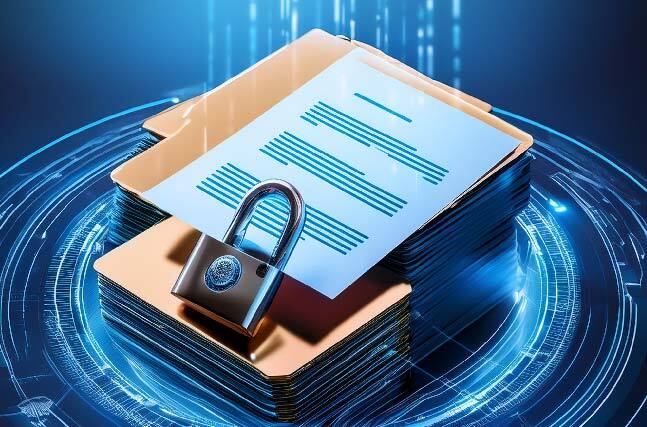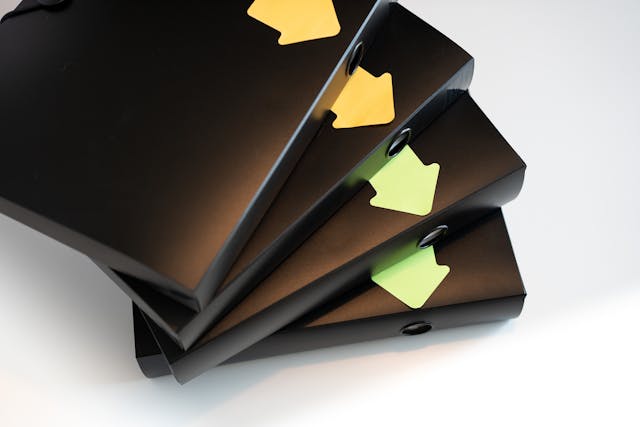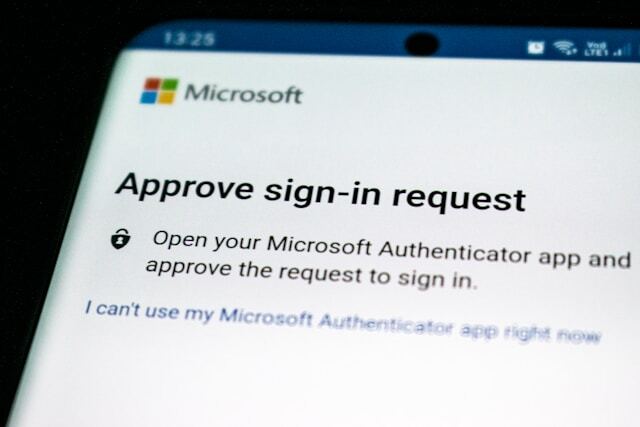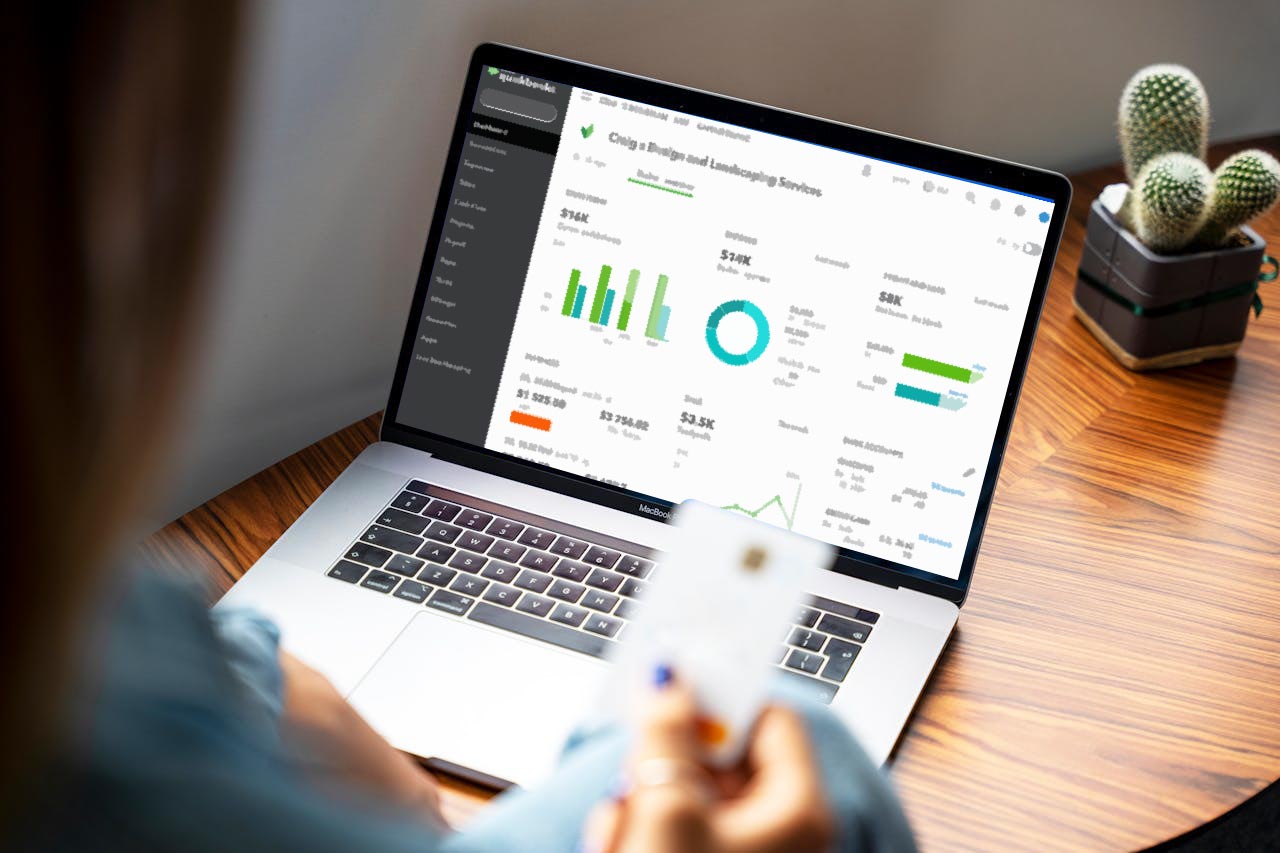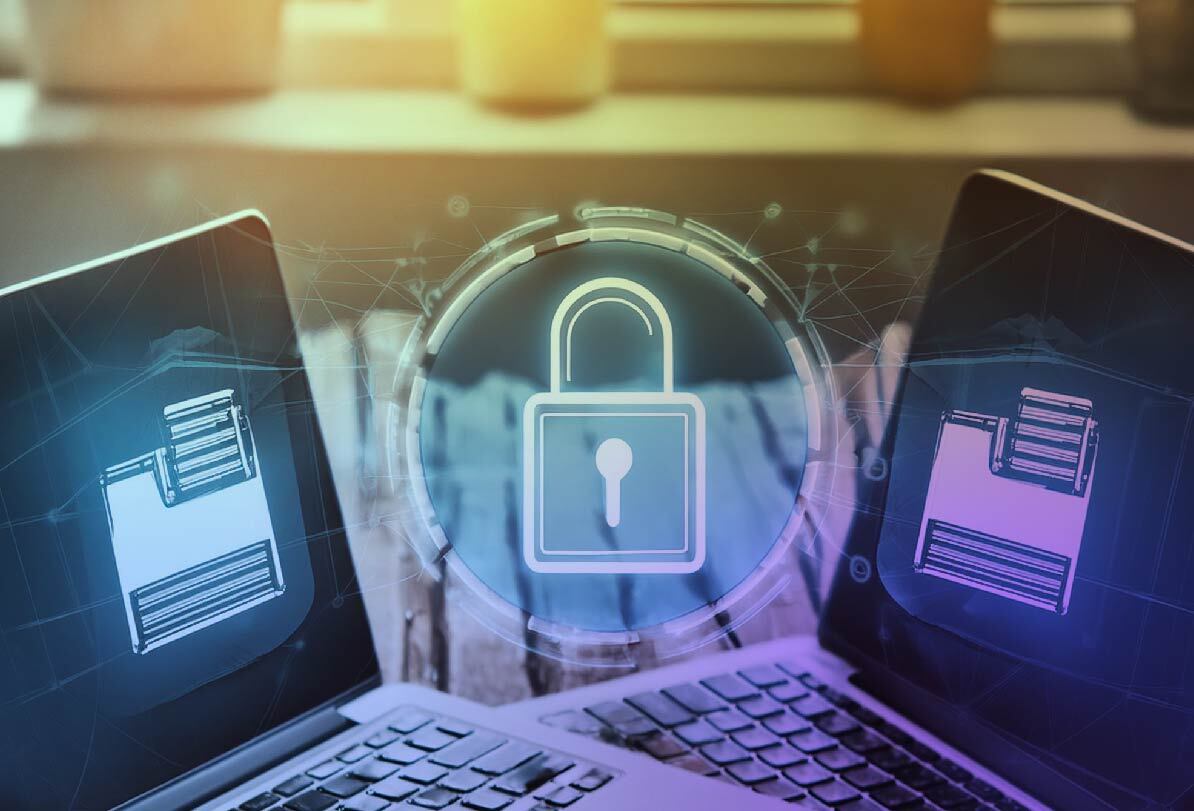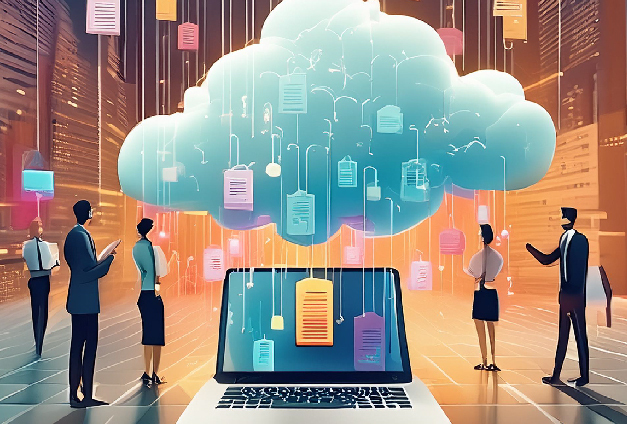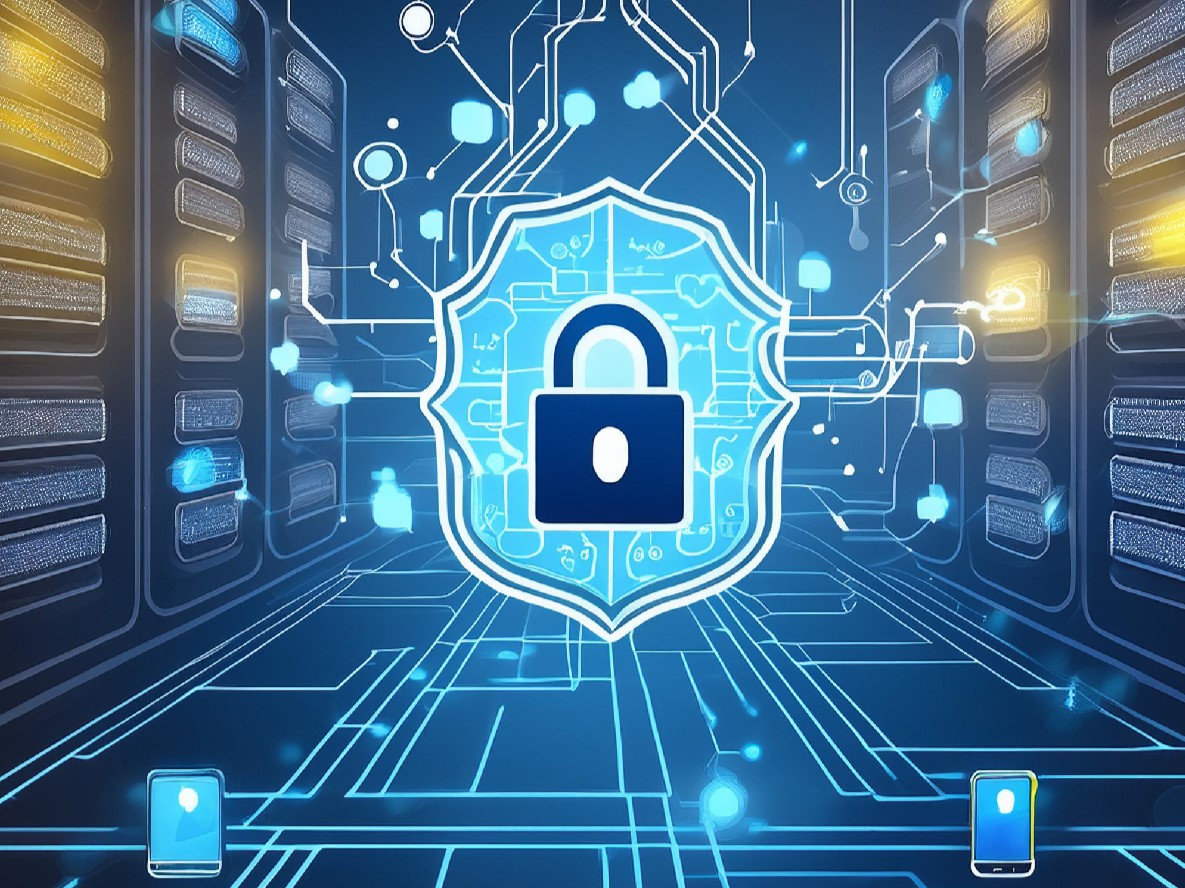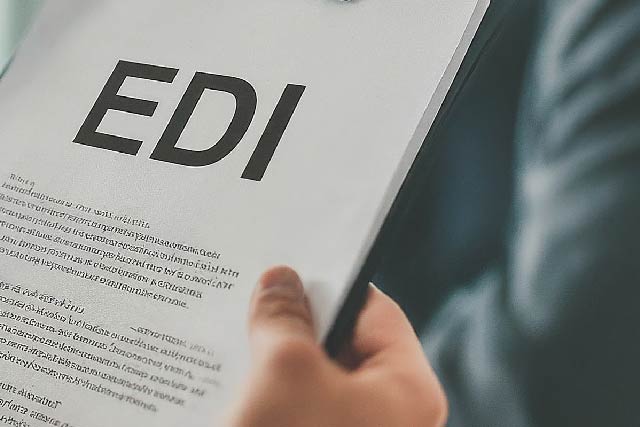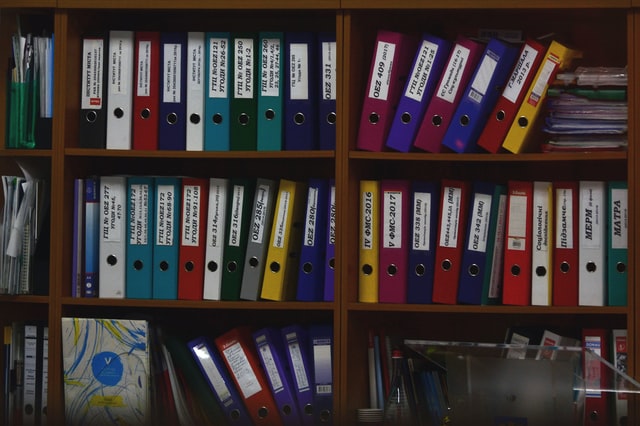MFT Gateway is a hosted Software as a Service (SaaS) solution that enables file exchange over the AS2 or SFTP protocol, without the need to install or maintain.
- Blog
- A Day in the Life of an EDI Message: From Order to Invoice
EDI
A Day in the Life of an EDI Message: From Order to Invoice
See how EDI messages like 850, 855, 856, and 810 automate the order-to-invoice process and enhance speed, accuracy, and efficiency in B2B operations.

Thanura Jayatissa
Published: 19 Jun 2025

In today’s fast-paced business world, companies rely heavily on speed, accuracy, and automation to remain competitive. That’s where EDI (Electronic Data Interchange) comes in, a digital method for businesses to exchange documents, such as purchase orders, invoices, and shipping notices, without the need for manual processing or paper trails.
But have you ever wondered what happens behind the scenes when a company places an order with a supplier? How does that order turn into a shipped product and finally result in an invoice?
This blog walks you through a day in the life of an EDI message, from the moment a purchase order is generated to when the payment is processed. You’ll see how automation boosts speed, accuracy, and trust in B2B transactions.
What is an EDI Message, and How Does EDI Automate the Process?
An EDI message is a standardized digital document used to exchange business information between organizations in a way that computers can easily read and process without human intervention. Instead of sending paper or email forms, companies use EDI to share data in a standardized, automated format. This automation eliminates many time-consuming manual processes, resulting in significantly reduced costs, accelerated processing times, and minimized errors in document handling.
How EDI Automates the Process:
- Document preparation: A business creates a document (e.g., a purchase order) using its internal system, such as an ERP platform.
- Data conversion: The document is converted into an EDI format (e.g., ANSI X12, EDIFACT) using EDI translation software.
- Transmission: The EDI message is securely transmitted to the partner organization over a Value-Added Network (VAN), Managed File Transfer (MFT), or through direct protocols like AS2.
- Processing and integration: The recipient’s system translates the EDI message into a usable internal format and integrates it directly into their workflow.
Common EDI Message Types in the Order-to-Invoice Flow
- EDI 850 – Purchase Order: Initiates the transaction by specifying items, quantities, prices, and delivery details.
- EDI 855 – Purchase Order Acknowledgment: Confirms whether the order is accepted, rejected, or requires modification.
- EDI 856 – Advance Ship Notice (ASN): Notifies the buyer that the goods have been shipped, along with tracking and packaging details.
- EDI 810 – Invoice: Requests payment by detailing charges, taxes, and payment terms.
The Common EDI Journey: Step by Step
It all begins with the EDI 850 Purchase Order. This document is generated by the buyer, often a retailer or distributor, to request goods from a supplier. It outlines what they want to purchase, item numbers, quantities, prices, and requested delivery dates. If the buyer later needs to make any changes to the order, those adjustments are communicated using an EDI 860 Purchase Order Change Request.
Next comes the EDI 855 Order Acknowledgment, where the supplier confirms the order. They may accept it as-is, suggest changes, or reject it. This step ensures both parties agree before any goods are moved, helping to prevent supply chain disruptions or miscommunication.
Once the order is approved, the supplier prepares the shipment. When it’s ready, they issue an EDI 856 Advance Ship Notice (ASN). This message includes tracking info, packaging structure, and shipping carrier details. It helps the buyer prepare their warehouse and team to receive the delivery efficiently.
Finally, the EDI 810 Invoice is sent once the products are dispatched. This document includes all financial details: item prices, totals, taxes, and payment conditions. Many companies link this directly to their ERP systems, ensuring a seamless, error-free accounting process.
Throughout this journey, each EDI message is typically followed by an EDI 997 Functional Acknowledgement, which confirms that the message was successfully received and processed by the recipient’s system, adding an extra layer of reliability and traceability to the transaction flow.
Want to learn more about each EDI document type? Take a look at our blog: EDI Document Types Explained: 850, 810, 856, & More
The Benefits of EDI in This Workflow
- Faster Transactions: No more delays waiting for someone to manually input or send data. Everything moves in real time.
- Reduced Errors: Standardized, automated transfers cut down on typos, duplication, and missing data.
- Improved Visibility: Businesses can track each phase of the transaction, making oversight and adjustments easier.
- Stronger Partnerships: Reliable, clear communication strengthens relationships and boosts confidence between trading partners.
Final Thoughts
From the initial purchase order to the final invoice, EDI transforms how businesses communicate and operate. Automation replaces traditional paperwork and back-and-forth emails with streamlined, reliable digital workflows. Each step in the journey, from ordering to shipping to billing, happens faster and with greater accuracy.
EDI is not just a helpful tool; it’s becoming a necessity in today’s digital economy. For companies still stuck in manual processes, now is the time to modernize.
Simplify your EDI process with EDI Generator affordable plans, a 30-day free trial, and hands-on support from Aayu Technologies to get you up and running fast.

Talk to an EDI Expert
Join hundreds of organizations already taking full control of their B2B AS2 communications with our trusted solutions. Contact us today to tailor a solution that fits your specific AS2 EDI needs.
Related Articles
View All BlogsExplore our product stack
Try before you buy with a 30-day Free Trial
No commitment, all value. Try the AS2 Solution Risk-Free and discover how our solutions can transform your business workflows. No credit card required.
Explore Your Possibilities
Elevate AS2 Communications with our EDI and AS2 Solutions
See how our AS2 and EDI solutions can simplify your integrations, boost efficiency, and keep you compliant—request a personalized demo today.
